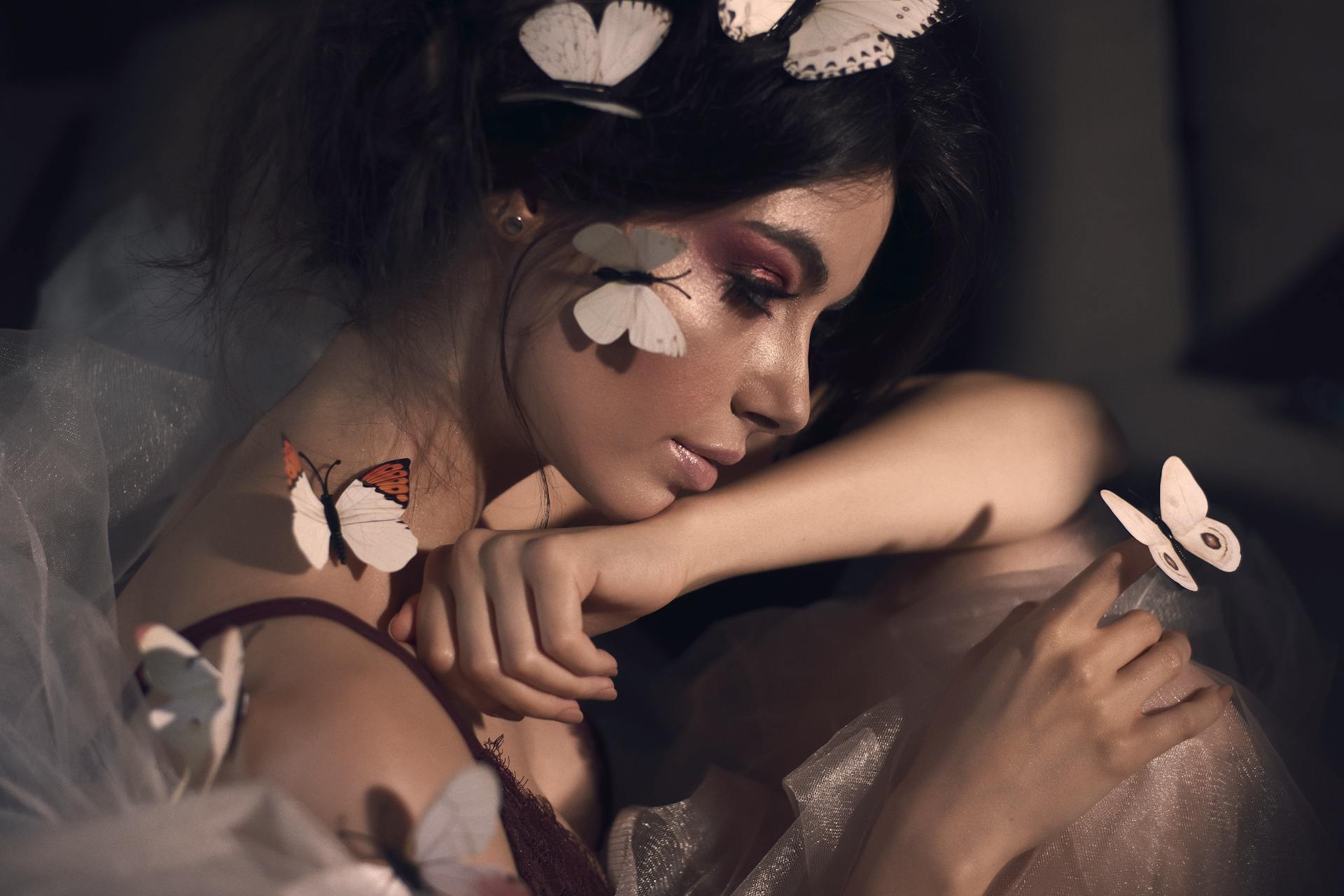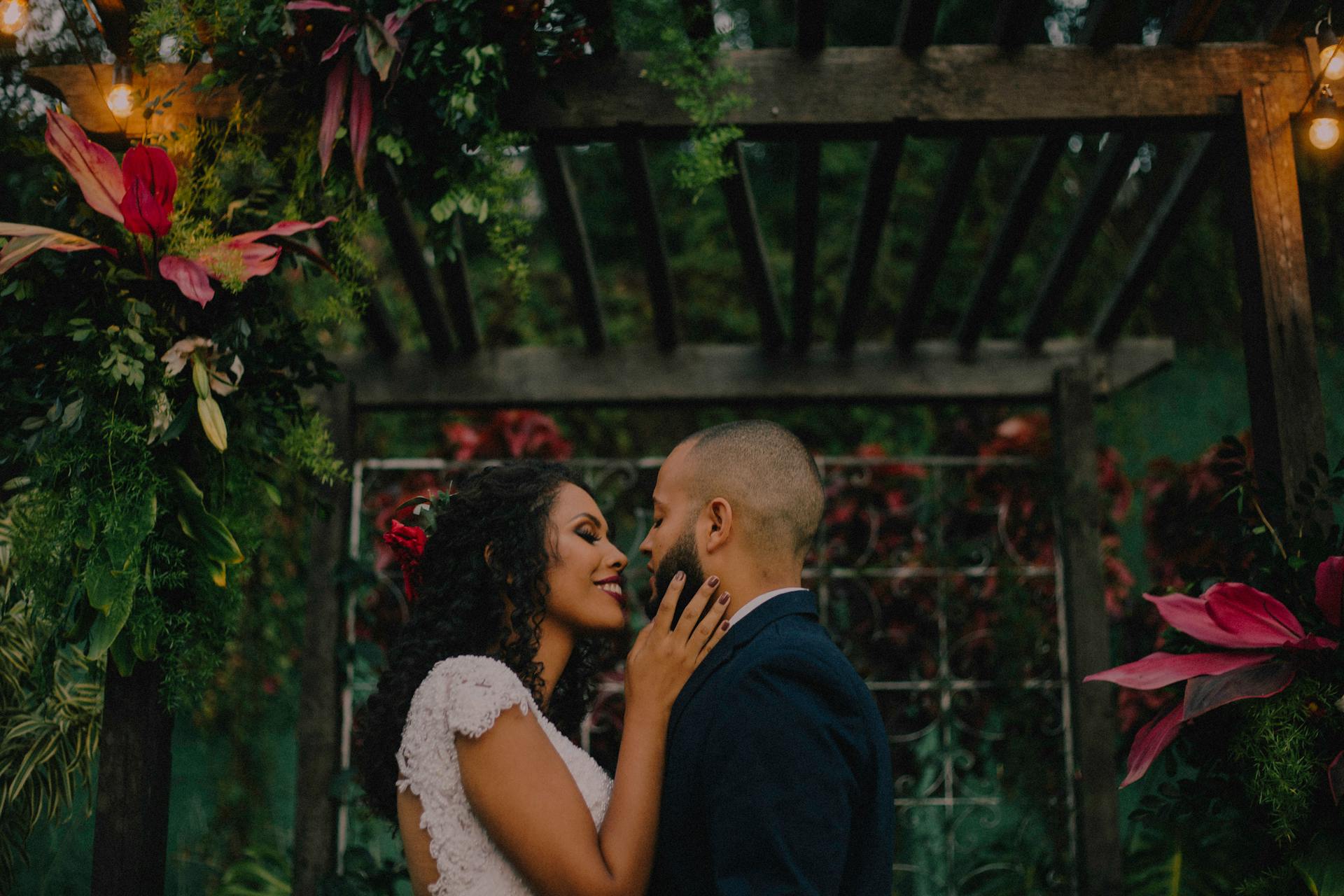Urban night photography presents a captivating challenge, offering photographers the chance to capture cityscapes in their most dynamic and mysterious form.
Introduction
This article explores a recent project that delved into the vibrant energy and hidden beauty of urban landscapes after the sun sets.
The Allure of Nocturnal Cityscapes
Night transforms the urban environment, creating a canvas of light and shadow that beckons to be captured. Our project focused on:
- The interplay of artificial light sources
- The mood and atmosphere unique to cities after dark
- Revealing hidden aspects of familiar urban scenes
Embracing the Darkness: Techniques and Approaches
Scouting and Composition
Success in urban night photography begins long before the camera shutter clicks:
- Location Scouting: We sought out areas with intriguing light sources, including:
- Neon signs and billboards
- Architectural lighting
- Street lamps and traffic lights
- The ambient glow of city lights
- Compositional Elements: Each shot was carefully framed to balance:
- Light and shadow
- Reflections in windows or wet surfaces
- Movement of vehicles or pedestrians
Technical Challenges and Solutions
Night photography presents unique technical hurdles:
- Low Light Management:
- Used a sturdy tripod to support long exposure times
- Employed high-quality lenses with wide apertures (f/2.8 or wider)
- Experimented with exposure times to capture the right amount of light
- Camera Settings:
- Adjusted white balance to account for various light sources
- Carefully managed ISO settings to balance light sensitivity with noise reduction
- Used manual focus to ensure sharpness in challenging lighting conditions
Behind the Scenes: A Night in the Life of an Urban Photographer
Our typical shooting session involved:
- Setup and Waiting: Arriving at locations before sunset to set up equipment and wait for optimal lighting conditions.
- Patience and Observation: Sometimes spending hours at a single location, waiting for the perfect moment – be it a passing vehicle, a change in lighting, or a lull in foot traffic.
- Adaptability: Being ready to quickly adjust settings or composition as the urban environment constantly shifts and changes.
Equipment and Post-Processing Techniques
Camera Gear
- Body: Nikon D850
- Lens: 24-70mm f/2.8
- Accessories:
- Remote shutter release (crucial for avoiding camera shake during long exposures)
- Sturdy tripod
- Lens cleaning kit (for unexpected weather or environmental conditions)
Post-Processing Workflow
Adobe Photoshop was our primary tool for bringing out the best in each image:
- Color Grading: Enhancing the vibrancy of city lights while maintaining a natural look
- Contrast Adjustment: Carefully balancing shadows and highlights to add depth
- Noise Reduction: Applying selective noise reduction to maintain detail in low-light areas
- Sharpening: Subtle sharpening to enhance architectural details without introducing artifacts
Reflections on Urban Night Photography
This project revealed the transformative power of nightfall on urban landscapes. Each photograph tells a unique story of the city's nocturnal life, unveiling aspects often overlooked in daylight:
- The way light plays off various surfaces, creating unexpected patterns and reflections
- How the absence of daylight can accentuate architectural features
- The contrast between areas of bustling activity and pockets of solitude within the city
Conclusion
Urban night photography offers a window into the soul of a city after dark. It challenges photographers to see familiar environments in new ways, capturing the energy, mystery, and beauty that emerge when the sun goes down.
We hope this exploration inspires you to venture out with your camera after dark, discovering the hidden nocturnal beauty of your own urban environments. Remember, every city has its own unique character waiting to be revealed through the lens of night photography.
Thank you for joining us on this journey through the urban night. May your own photographic adventures be filled with discovery and captivating images!


